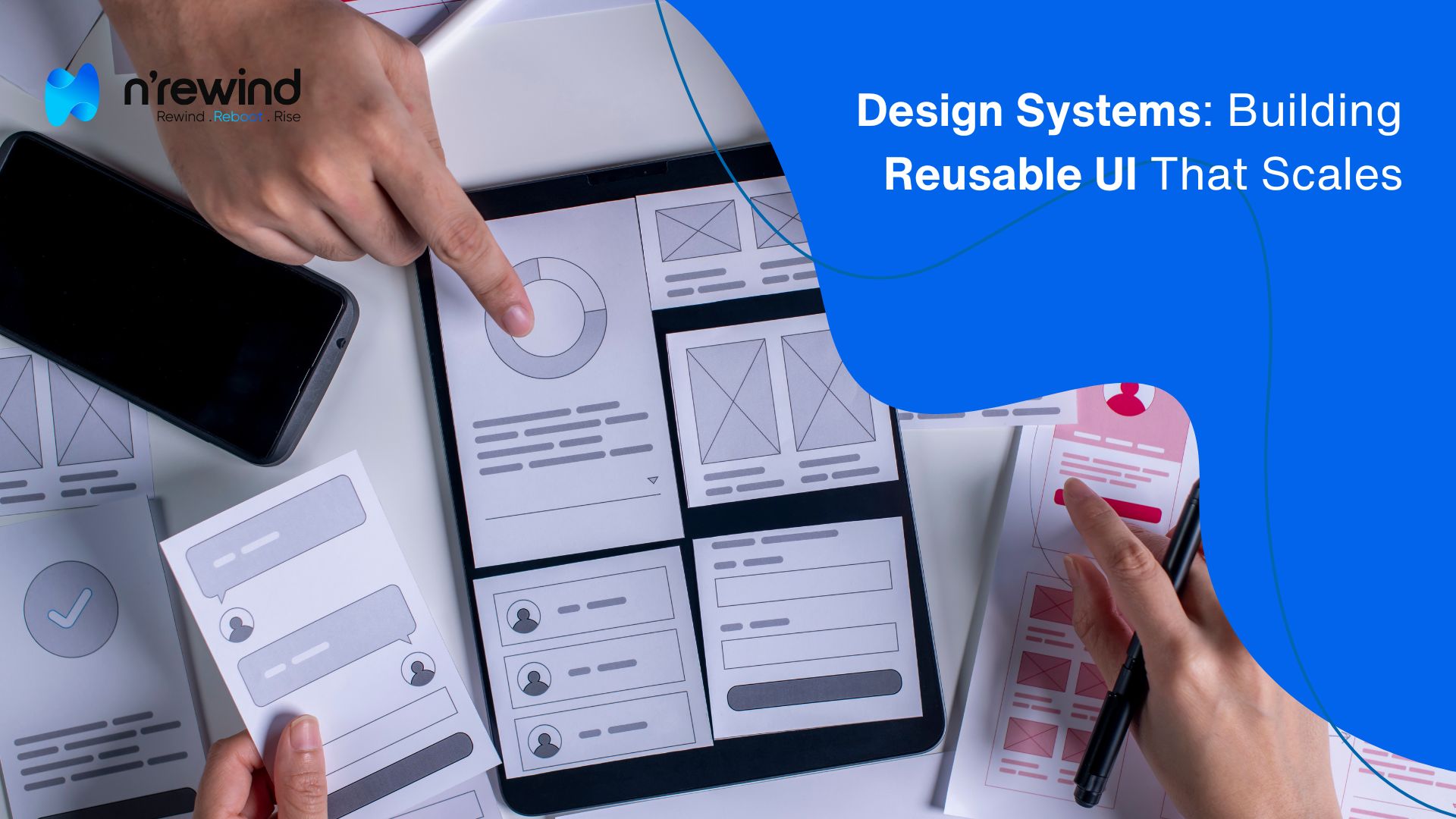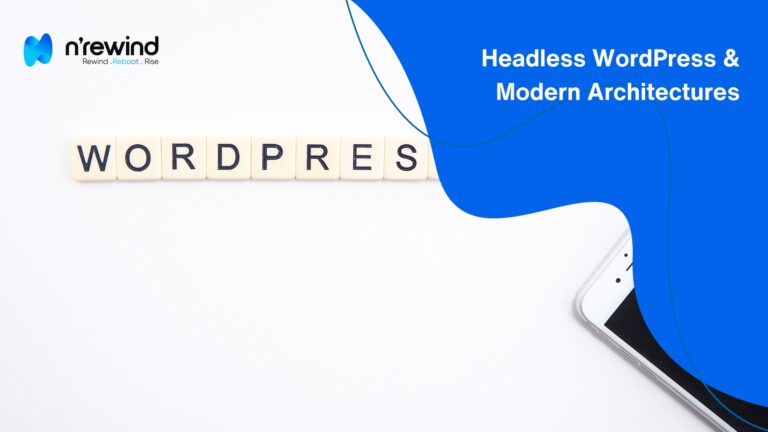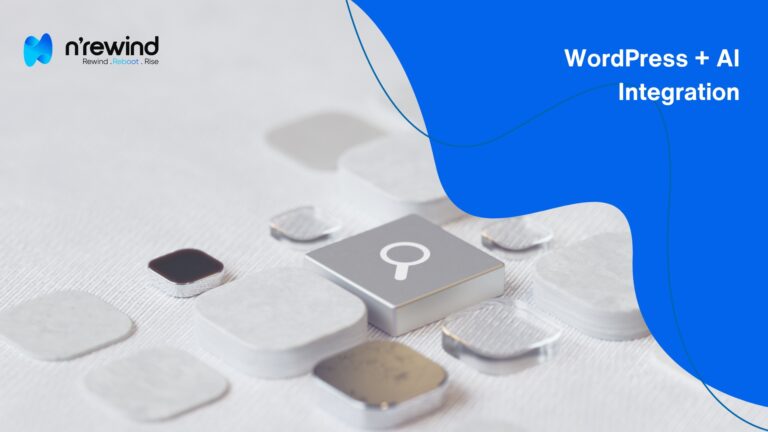In a digitally driven world where brands need consistency across web, mobile, and beyond, a design system is your secret weapon. At NRewind Technologies, where we already offer best-in-class website design & development and digital marketing services, a modern, scalable UI system aligns perfectly with our mission to deliver coherent and impactful user experiences.
Why Design Systems Matter
- Consistency: A design system ensures coherent visual and interaction patterns across products-whether built with our team’s help via our WordPress & Web Development services.
- Efficiency: Designers and developers save time by using pre-built, tested components.
- Collaboration: Shared frameworks streamline handoffs between design, development, and marketing-just like our well-oiled internal workflows.
- Quality & Accessibility: Standardized components allow delivering polished, accessible experiences from the start.
Core Components of a Scalable Design System
- Design Tokens
The atomic building blocks-colors, typography, spacing-that define your visual identity. - Component Library
Reusable UIs (e.g., buttons, cards, forms), designed for flexibility and accessibility. - Documentation
A living, easily navigable site (Think Storybook-style) that outlines how to use components properly. - Governance
Clear ownership and processes for adding, updating, or retiring components-crucial to keeping the system healthy.
How to Implement It (NRewind Way)
1. Audit Your Current UI
Review your site’s existing design-especially pages created via our WordPress, web design, or graphic design services-to pinpoint repetitive elements and inconsistencies.
2. Define Your Visual Language
Establish your color palettes, typography, spacing, and iconography up-front-this mirrors the strategic clarity we bring to all our design and branding projects.
3. Build Reusable Components
Start building foundational components based on design tokens. Align them with NRewind’s standards of responsiveness, performance, and UX.
4. Document and Showcase Usage
Create a clear style guide that showcases each component with do’s and don’ts, code snippets, and interactive examples-just like our client-focused documentation approach.
5. Feedback Loop and Evolution
Design systems are living products. Encourage your team-and clients-to contribute, ensuring the system adapts over time.
Common Challenges and How to Overcome Them
- Overengineering early on: Begin with a few high-impact elements and expand based on usage and need.
- Low adoption: Train your team and clients; integrate the design system into everyday workflows and design tools.
- Accessibility oversight: Bake in accessibility from Day 1 for better usability and compliance.
Real-World Inspiration
Well-known systems like Google’s Material Design, IBM’s Carbon, or Shopify’s Polaris have shown how impactful a unified design language can be at scale.
Bringing It All Together with NRewind
Implementing a design system sets a foundation for faster, more consistent development-exactly what we strive for at NRewind. Whether you’re leveraging our:
a solid design system ensures every project reflects your brand’s integrity and style.
Final Thoughts
A design system isn’t just a design tool-it’s a strategic asset. It powers consistency, speed, accessibility, and scalability. At NRewind, we’re already helping brands build standout digital experiences; layering a design system on top amplifies that impact even more.
Are you ready to scale with a smarter UI strategy? Let’s talk-our team is just a message away on our Contact page.
"Scalable UI can’t thrive on inconsistent design. At NRewind Technologies, we build design systems that streamline development, ensure brand consistency, and accelerate product growth-across every digital touchpoint."




